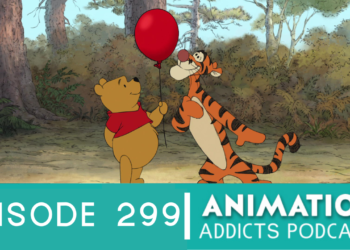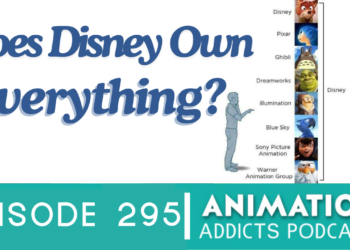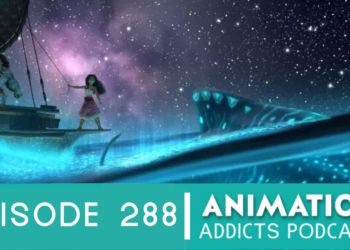
This is a user-submitted post by Martin Gruen.
Disney has recently announced a controversial change to its Pirates of the Caribbean rides. The animatronic character known as the Redhead is set to be removed along with the entire “Take A Wench For A Bride” auction.
Replacing this iconic set piece will be an auction of stolen loot, along with a new spunky red-headed female pirate. This has brought cheers from those who felt the original version was an uncomfortable portrayal of women and cries of foul from those who are angered that their childhood memories are being crushed. Both opinions fail to acknowledge the underlying problem that is actually much more complicated.
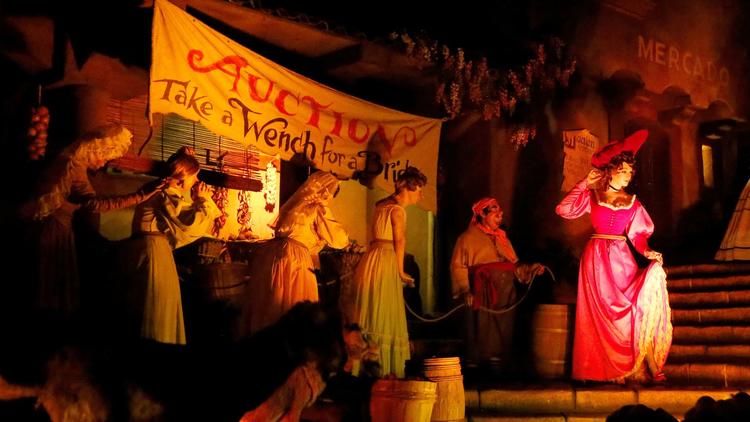
The Redhead, as she is described on the Pirates of the Caribbean Wiki (http://pirates.wikia.com), is a sultry character of questionable repute at a “Bride Auction”. The circumstances of her captivity is questionable. Some suggest “Bride Auction” is a Disney euphemism for prostitution, not slavery, but some of the women appear afraid and all are tied up. Regardless of why she is there, Redhead is a strong character that does not appear to be in distress.
When we arrive, the ironically named Tiny, is currently being auctioned. Next in line we see Redhead flirting with the bidding pirates by showing some leg. The auctioneer is forced to chastise her immodesty telling her to “strike her colors.”
While this scene depicts women being treated as a commodity, it is also humorous, has been a favorite scene for many since the ride’s opening in 1967, is quotable, and is not out of character for historical pirate activity. So why has Disney decided to change it now? The answer is simple: Johnny Depp and his movies.
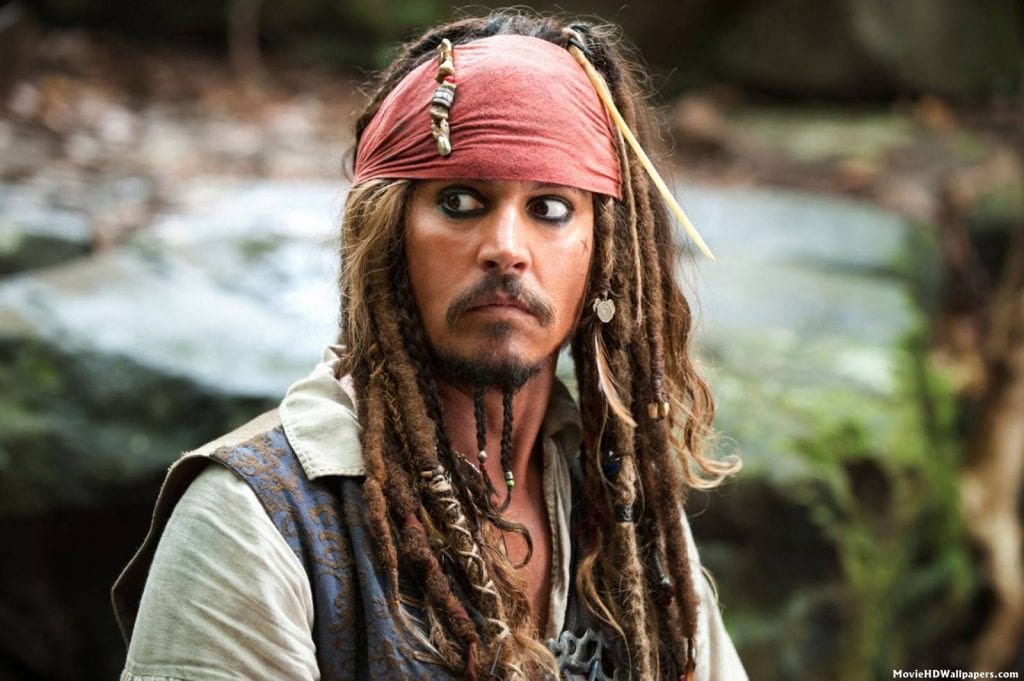
Disney’s ongoing franchise of films based on Pirates of the Caribbean, starring Depp, started in 2003 with Pirates of the Caribbean: The Curse of the Black Pearl. It includes many playful references to the original Disneyland ride and was a huge success.
Curse of the Black Pearl starts out showing pirates as you might historically know them: dirty, violent, and vile. They sail the high seas committing various crimes for fun, profit, and, in the case of the Black Pearl’s crew, to lift a curse.
Over the course of the movie our hero, Will Turner, transforms from a man bent on destroying pirates to a good-hearted pirate himself. The female lead, Elizabeth Swann, romanticizes piracy at the beginning, before being kidnapped and terrorized by the crew of the Black Pearl. She too, by the end of her story arc, becomes a pirate and outlaw. Elizabeth also manages to rehabilitate several pirates along the way including Jack Sparrow, comically played by Johnny Depp.
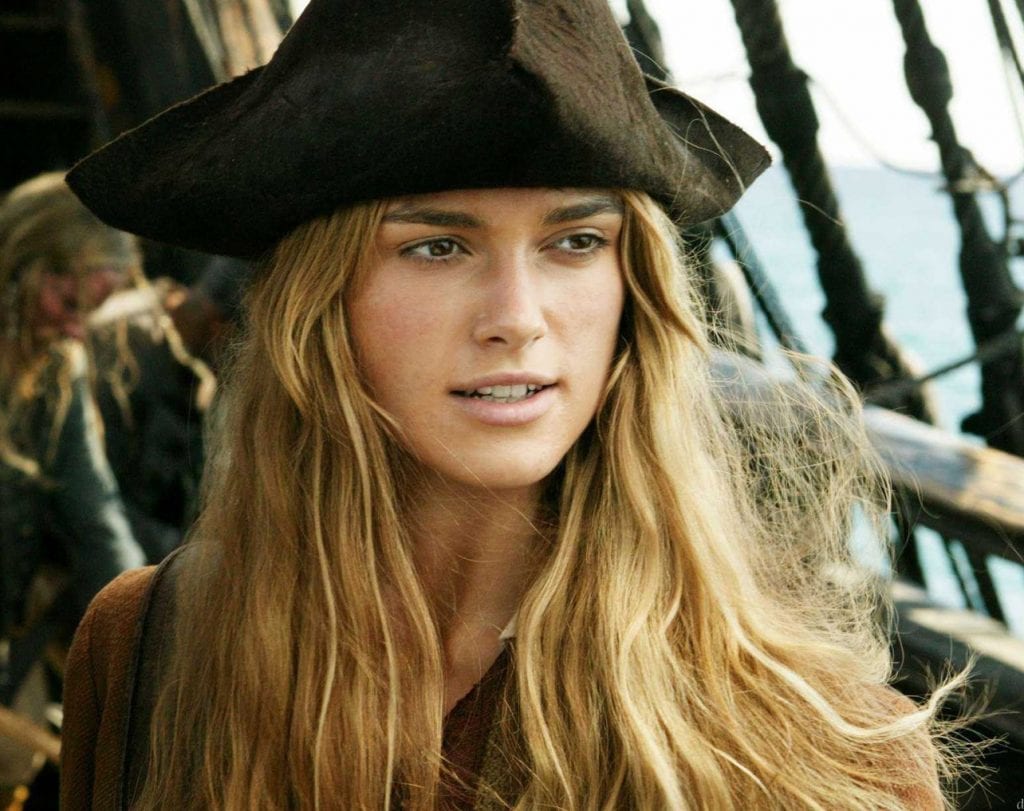
The pirates become the heroes of the franchise. One can imagine that between films they sail the world doing acts of kindness in exchange for provisions and donations from grateful townsfolk.
When the Pirates of the Caribbean ride opened in Adventureland, it was intended to be a whimsical portrayal of 18th-century piracy, Disney-fied to not terrorize children. An adventure for Adventureland. But, in 2006, ride refurbishments added characters from the movies including Captain Barbossa, Davy Jones, and, most prominently, Jack Sparrow.
Now the ride is no longer to what the movies are referring. The ride is referencing the movies. The pirates are role-models for children, not caricatures of villains on display. They sail the Caribbean, do good deeds, and seek hidden treasure of non-violent origin.
Obviously, these reimagined pirates can no longer treat women as objects, but shouldn’t they also respect human life, not drink alcohol to excess, not administer water torture via a well, avoid sacking and burning a town, stop auctioning off stolen property or in fact do anything portrayed on the ride?
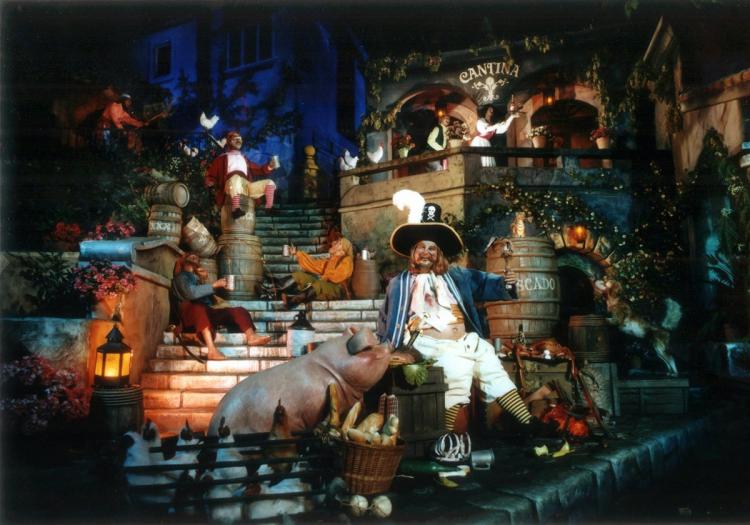
This is Disney’s real problem: pirates weren’t role-models in 1967 or the 1700s. With piracy still a problem in the world today, they shouldn’t be a role-model now either.
Speaking of role-models, to make matters worse, this year at the Glastonbury Festival in England, Johnny Depp went on a semi-coherent intoxicated rant worthy of Jack Sparrow himself. Although later apologizing, Depp made himself a more controversial character than a 50-year-old, tied-up animatronic.
Disney’s choices are limited. The company can incrementally gut every single thing from the original ride, close and replace Pirates of the Caribbean with a completely different ride, or remove all references to the movies. Disney will never accept the latter two options, but it should.
As an alternative, here are some less polarizing suggestions for Disney:
- The simplest solution is to remove the rope tying the women together, along with the ladies that look scared. This would leave their situation more ambiguous while preserving the spirit of the scene.
- If political correctness must be observed, even though the Redhead has never looked like she wanted to be saved, perhaps Elizabeth Swann, in full pirate attire, could be seen across the water preparing to swing in on a rope and rescue them all.
Disney, by and large, needs to leave the Redhead alone. She is not the issue. By recasting pirates as heroes rather than villains, the real problem is much bigger and of the company’s own making. It won’t go away with just a few changes.
What are your thoughts? Does Disney have a pirates problem? Do you support Disney’s latest actions on the Pirates of the Caribbean?
Edited by: Kelly Conley


